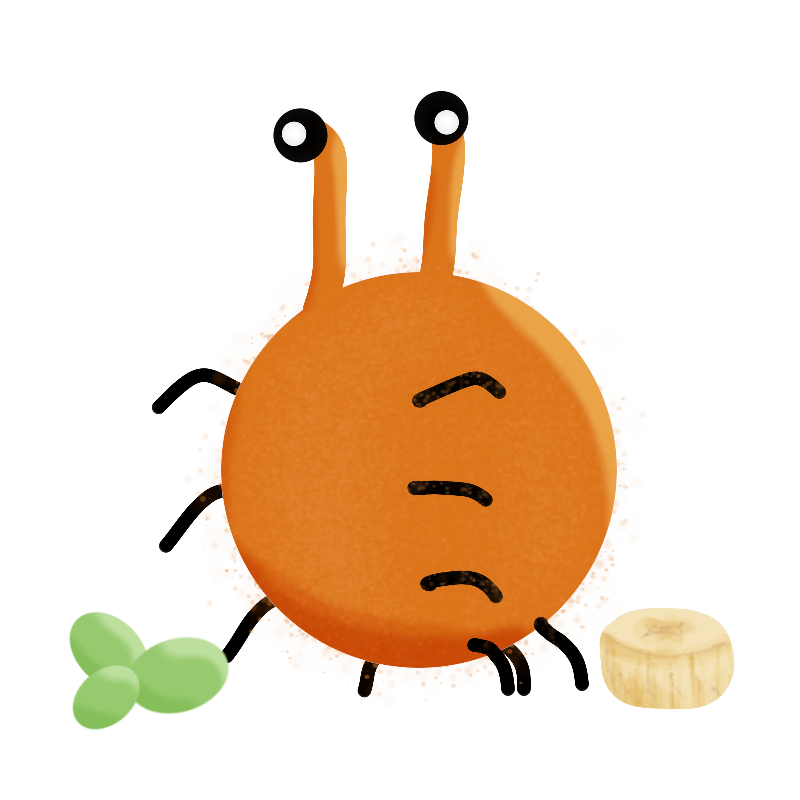Story Structure
Novel Bones
Way back in the 2010s, I was part of a small writing community where we'd share publishing tips and writing advice with each other, all in hopes of one day becoming bestselling authors. I've since lost track of that community and don't have the same dreams anymore, but what I learned and taught during that time has stuck around.
A fact I'd quickly learned when I first started noveling is that stories need structure. It gives context and meaning to scenes, as well as direction and purpose to the writer. Of the dozen different structures you can read about, they all have the same underlying mechanics: an inciting incident that leads to a series of failures culminating in a climactic moment. These milestones form the bones of the story's skeleton, and without it, the story is a pile of pulsating meat on the floor (gross).
There are a million and one sources on the topic, but this particular post is a summary of Larry Brooks' Story Structure Series from his blog, Story Fix. To this day, I reference it to create blueprints - high-level overviews of a novel's milestones. I've tidied up my old notes and shared them below for anyone who may find it helpful.
These guidelines are based on the 3-act structure, but even a Fichtean's Curve or Hero's Journey uses the same milestones and principles. There's a reason this structure is so widely used across storytelling mediums. That said, remember that it is just one of many tools at your disposal. It's helpful to learn and understand it so you know both when to apply it and when to deviate from it. The best structure for your story may not match this exactly, but it's a useful starting point.
Part One: Setup
Part one corresponds to act one, and covers roughly the first quarter of the story. We meet the protagonist and get a glimpse into their life, only for it all to change. As the storyteller, you want to make the reader invested in the character and story as quickly as you can, and start setting up the dominoes you'll later knock down.Milestones
Hero
Your readers need to empathise with your protagonist, even if the protagonist isn't likeable. What's the protag's life like before the story? What are their inner demons? In other words, what quality, state, prejudice, etc., about them must change for them to have a happy ending?Hook
The hook is what grabs your reader's interest, and it should come early. The hook doesn’t necessarily change anything, but it must be emotionally provoking, seducing the reader to keep reading.Stakes
Part One's stakes are comparatively low, but they still must be there. The reader must have a sense of what the protag has to lose, whether it’s their job, a friend, a lover, or a scholarship. Stakes create tension and give the story power.Foreshadowing
The reader needs to sense the oncoming change, both in the upcoming disaster (plot point) and in the rest of the novel. The foreshadowing may only obvious to the reader in retrospect, and it may take the writer a few drafts to solidify.First Plot Point
This is the First Disaster or Inciting Incident. Your conflict is front and center. Your protag’s goals and motivations change to what they will be throughout the rest of the novel. The FPP arrives about a quarter of the way into your novel, and it’s where the real story begins.Further Reading
- Five Missions for the Set-up (Part 1) of Your Story
- The Most Important Moment in Your Story: The First Plot Point
- The Hook vs First Plot Point — Don’t Get Fooled
Part Two: Response
Part two covers the first half of act two, from the inciting incident to the midpoint (roughly the second quarter). This is where your protagonist recovers from the big disaster, reacts to the drastic change to their life, and processes the new goal they have before them. Here, they wander about, likely lost, as they gather more information.Milestones
Human Reaction
Your protag has a very human reaction to the FPP: they hide. They retreat to assess the situation from safety, seeking shelter from cruel world that dared changed on them.Regroup
Once they've retreated, they come to terms with the big change the FPP presented. They gathers themself and prepare to be a face the music, but don’t realize they still have those inner demons to conquer.Pinch Point
This is the middle of Part Two. The pinch shows the antagonistic force in its full glory without filtering it through the protag. It can be a whole scene or a simple statement, as long as it reminds the reader what the antag is capable of and what is at stake.Action
Your protag has gathered information on the antagonistic force and is ready to take it down. Of course, it’s too early for this plan to work. We know it will fail. Your protag doesn’t, and will charge full-steam ahead with a mind full of success.Doom
The antagonist shows up more powerful than ever and the protag fails. It’s important to know that your protag falls short because of their inner demons. Whatever shortcomings they had at the beginning are still shortcomings, and they won't win until they overcome those.Mid-Point
This is the Second Disaster, or Mini-Climax. All of Part Two builds to this milestone. This is in the middle of the story and presents new information that raises stakes and increases tension. There's a notable shift at this point, and while the protag might not know why, the reader certainly does.Further Reading
Part Three: Attack
Part three is the second half of act two, covering roughly the third quarter of the story. Having gathered information in the prior part, your protag is ready to take real action. Their worst failure yet ends this part and brings them to their lowest moment yet, but it also sets them up for the final conflict.Milestones
Inner Demons
Part three is where your protag realizes what holds them back and begins to change it. They see their flaws, understand what's preventing them from winning, and work to overcome it.Attack
The protag is on the move now. They're sick of being a sitting duck and decided to end things once and for all. Maybe. This attack will also end in failure, more than likely, but it demonstrates your protag becoming more proactive then the thinker from Act Two.Second Pinch Point
Same as the first one, but in the middle of Part Three instead. The Second Pinch Point should show how the villain has gotten stronger, just as the protag has. This is probably why the protag’s attack fails.Pre-Second Plot Point Lull
Before the Second Plot Point, there is a lull where all seems lost. The protag failed, again, even after coming to terms with their inner demons. The antagonistic force is larger than ever, and the protag can’t seem to do anything right. Woe is the world.Second Plot Point
Also known as the Climax and the Third Disaster, the Second Plot Point is the last place you can introduce new information. You know the final attack is on, and your protag is more determined than ever to win. This is at the 75% mark and fully equips your protag to kick ass.Further Reading
Part Four: Conclusion
Part Four is Act Three, the final quarter, and needs to carry the weight of the story to deliver it a rightful end. How you do this is up to you. There aren't any major milestones to cover here, just a few guidelines from Larry along with my own adjustments.
No new information or characters can be introduced. Anything and anyone in play in this part must have been introduced or at least foreshadowed previously.
The success of your ending relies on the strength of the prior three parts. If your ending flounders, review what leads up to it for improvements.
The protag must be the one to defeat the antag and save the day. If it's a tragic ending, then they're the one that causes the tragedy.
The protag must have conquered their inner demons in order to win, or otherwise changed in a meaningful way that allows the ending to happen.
The protag must exhibit traits worthy of their journey. Their solution is clever, creative, surprising, brilliant, and most importantly, uses what they've learned up to now.





Ohh this is so useful Rin! Thank you so much for making this ^^
No problem, I hope it's helpful!
Speculative-Fiction Writing